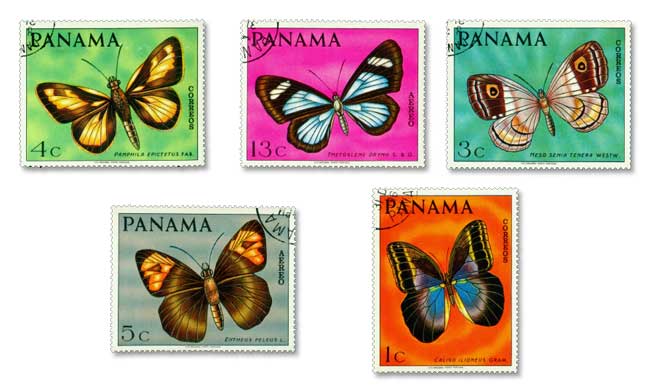There has been widespread concern that neonicotinoid pesticides may be adversely impacting wild and managed bees for some years, but recently attention has shifted to examining broader effects they may be having on biodiversity. For example in the Netherlands, declines in insectivorous birds are positively associated with levels of neonicotinoid pollution in surface water. In England, the total abundance of widespread butterfly species declined by 58% on farmed land between 2000 and 2009 despite both a doubling in conservation spending in the UK, and predictions that climate change should benefit most species. Here we build models of the UK population indices from 1985 to 2012 for 17 widespread butterfly species that commonly occur at farmland sites. Of the factors we tested, three correlated significantly with butterfly populations. Summer temperature and the index for a species the previous year are both positively associated with butterfly indices.
By contrast, the number of hectares of farmland where neonicotinoid pesticides are used is negatively associated with butterfly indices. Indices for 15 of the 17 species show negative associations with neonicotinoid usage.
The declines in butterflies have largely occurred in England, where neonicotinoid usage is at its highest.
In Scotland, where neonicotinoid usage is comparatively low, butterfly numbers are stable.
Further research is needed urgently to show whether there is a causal link between neonicotinoid usage and the decline of widespread butterflies or whether it simply represents a proxy for other environmental factors associated with intensive agriculture.
Source:
Gilburn et al. (2015), PeerJ, DOI 10.7717/peerj.1402

- Log in to post comments
